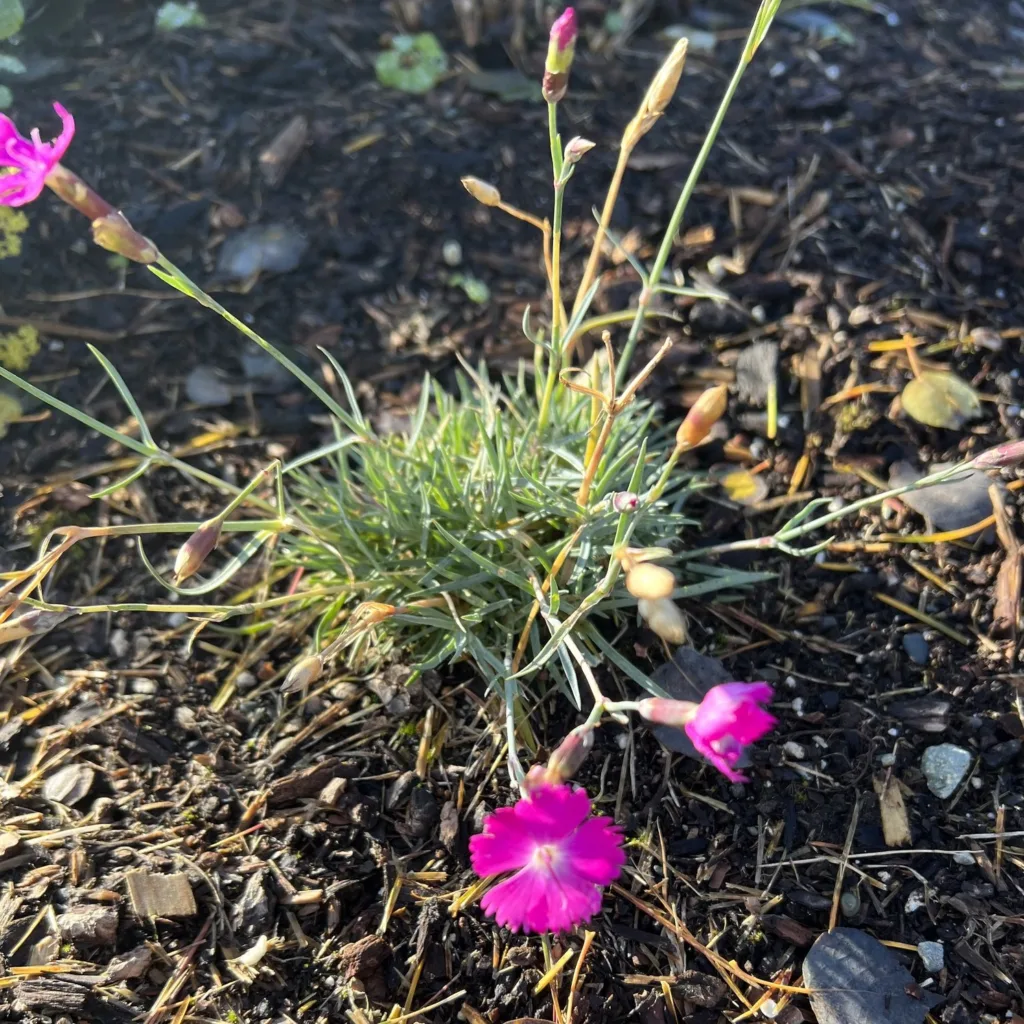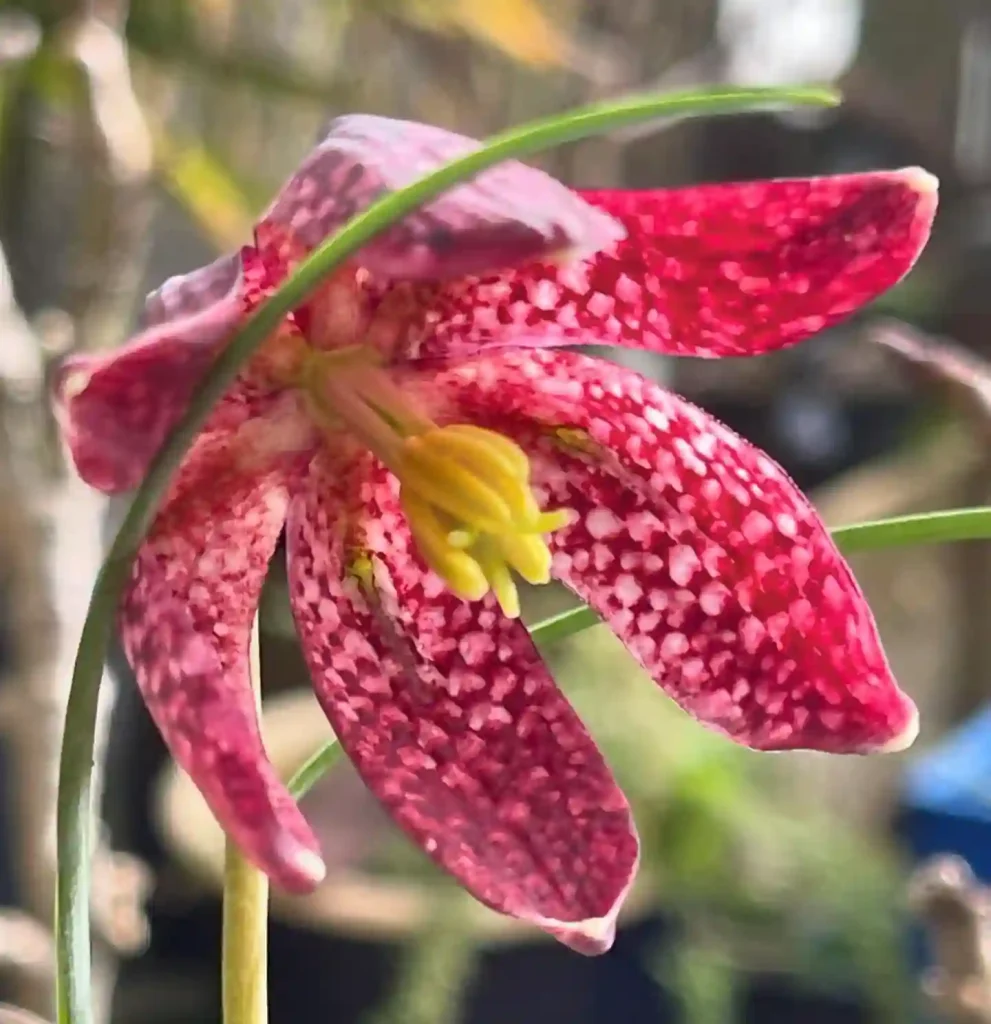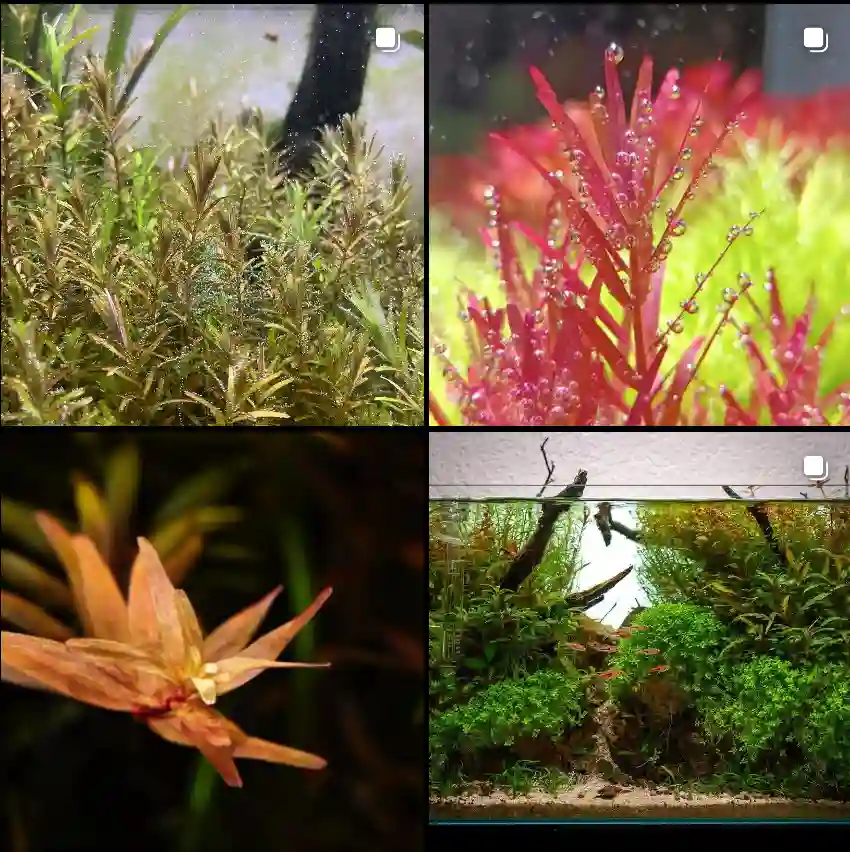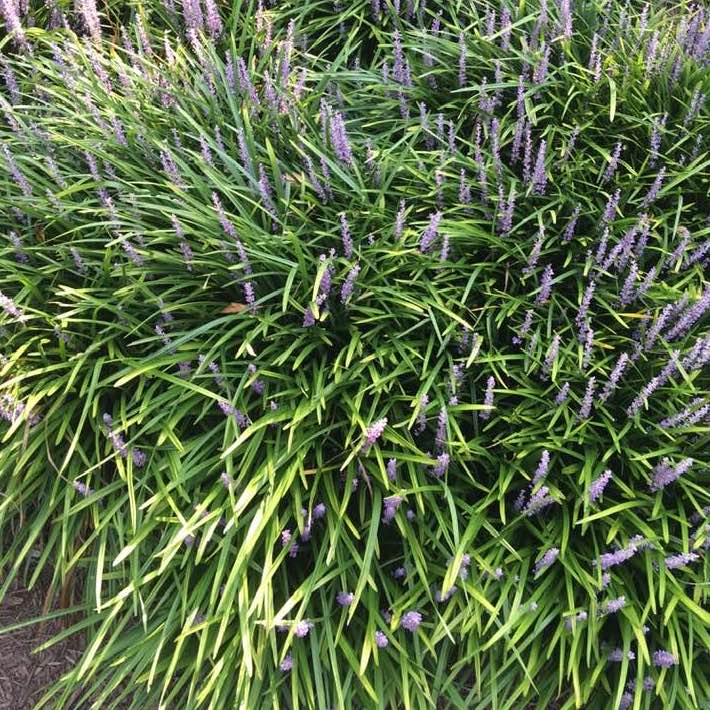Nypa: A Singular Palm
My name is Ferb Vu, and today I want to delve into the fascinating world of the Nypa genus. This unique group of plants has captivated me for years, and I’m excited to share my knowledge with you.
What Is Nipa Palm? Is Nipa Palm a Palm?
Nypa, in the family Arecaceae, stands out for a number of reasons. First and foremost, it’s monotypic, meaning it contains only one species: Nypa fruticans – Nipa Palm. This makes it a bit of a loner in the plant world, with no close relatives to speak of. But what it lacks in diversity, it makes up for in distinctiveness.
Nipa Palm is a type of palm that thrives in mangrove swamps and coastal regions. Unlike most palms, it grows in brackish water and can be found in Southeast Asia, the Philippines, and northern Australia. Its unique appearance and habitat make it a fascinating subject for those interested in tropical plants.
What Does Nipa Palm Mean?
The term “Nipa” comes from the local languages of the regions where the palm is native. In various dialects, it often refers to the plant’s characteristic habitat and uses. For instance, in the Philippines, “Nipa” signifies the palm’s association with swampy, coastal areas.
A Closer Look at Nypa fruticans
Now that we’ve explored the Nypa genus as a whole, let’s take a closer look at its sole representative, Nypa fruticans. This species is a true marvel of adaptation, perfectly suited to its mangrove habitat.
- Leaves: The massive, pinnate leaves of Nypa fruticans are a sight to behold. They can reach lengths of up to 30 feet and are composed of numerous leaflets arranged along a central axis. These leaves are not only impressive in size but also in their ability to withstand strong winds and salt spray.
- Inflorescence: The palm’s inflorescence is equally remarkable. It emerges from the base of the leaves and bears both male and female flowers. The male flowers are small and clustered, while the female flowers are larger and form a globular head.
- Fruit: The fruit of Nypa fruticans is a large, woody cluster that contains numerous individual fruits. Each fruit is roughly the size of a golf ball and contains a single seed. The fruit cluster floats on water, allowing the seeds to disperse to new locations.
- Rhizome: The palm’s rhizome is a vital part of its anatomy. It’s a horizontal stem that grows beneath the surface of the mud. The rhizome anchors the plant and allows it to spread laterally. It also produces the palm’s inflorescence and fruit.
Nypa fruticans is a truly remarkable species, and I feel privileged to have had the opportunity to study it in depth. I hope this article has given you a greater appreciation for this unique and valuable palm.
Where Can I Buy Nipa Palm Fruit?
If you’re looking to purchase Nipa Palm fruit, it can be a bit of a challenge due to its regional specificity. Specialty markets in Southeast Asia and local farmers’ markets might offer it. In more global markets, you may find it at Asian grocery stores or specialty stores that focus on tropical fruits. Online sources are also an option, but they may be less reliable.
How to Make Nipa Palm Sugar?
Making Nipa Palm sugar is a fascinating process that involves tapping the sap of the Nipa Palm. Here’s a basic overview of how it’s done:
- Harvest the Sap: The sap is collected from the flower buds of the palm. This is usually done by tapping the buds and letting the sap flow into containers.
- Boil the Sap: The collected sap is then boiled down to remove excess water. This process concentrates the sugars.
- Cool and Solidify: Once the sap has reduced to a thick syrup, it is poured into molds and allowed to cool and solidify.
The result is a sweet, caramel-like sugar that’s prized for its unique flavor and texture. It’s a labor-intensive process but well worth it for the delicious end product.
Does Turning Nipa Palm to Ash Increase Its Hygroscopic Ability?
The transformation of Nipa Palm into ash can indeed increase its hygroscopic ability, but this is more about the chemistry of the ash rather than the palm itself. When Nipa Palm material is burned and turned into ash, the ash can absorb moisture more readily due to its increased surface area and porosity. This can be useful in various applications, including soil conditioning and water filtration.
How to Care for Nipa Palm?
Caring for Nipa Palm requires understanding its specific needs:
- Water: It thrives in brackish or saline water, so regular watering with slightly salty water is ideal if you’re growing it outside its natural habitat.
- Light: Nipa Palm prefers full sunlight but can tolerate partial shade.
- Soil: It grows best in muddy, waterlogged conditions. Ensure good drainage if you’re growing it in a pot or garden.
How to Propagate Nipa Palm?
Propagation of Nipa Palm is usually done through seeds or suckers:
- Seeds: Planting seeds in a moist, well-draining soil mix is the most common method. Keep the soil consistently moist until germination.
- Suckers: Suckers can be separated from the parent plant and planted directly in the ground or pots.
Can You Grow Nipa Palm Indoors?
Growing Nipa Palm indoors is quite challenging due to its specific environmental needs. It requires ample sunlight and access to brackish water, which can be difficult to replicate indoors. It’s better suited for outdoor gardens in tropical or subtropical regions.
Is Nipa Palm Toxic?
Nipa Palm is not considered toxic to humans or animals. However, as with any plant, consuming large quantities of any part of the palm could cause digestive issues. It’s best to enjoy the Nipa Palm and its products in moderation.
Benefits of Nipa Palm
Nipa Palm offers several benefits:
- Ecological: It plays a crucial role in mangrove ecosystems by stabilizing soil and providing habitat for wildlife.
- Economic: Its sap is used to produce sugar, and its leaves are used in traditional crafts and construction.
Common Problems with Nipa Palm
One common problem with Nipa Palm is its susceptibility to waterlogged conditions that can lead to root rot. Additionally, in non-native environments, it can struggle with adaptation and may not thrive as well as in its natural habitat.
Comparison with Other Palms
Compared to more common palms like the Coconut Palm or Date Palm, Nipa Palm is unique in its habitat requirements and uses. While Coconut and Date Palms are often grown for their fruits and economic value in more arid climates, Nipa Palm is more specialized, thriving in brackish water and used for its sap and leaves.
In conclusion, the Nypa genus, represented solely by Nypa fruticans, is a testament to the diversity and resilience of the plant kingdom. Its unique morphology, ecological importance, and economic value make it a species worthy of our admiration and protection. As we continue to learn more about this fascinating palm, let us also strive to ensure its continued survival for generations to come.
If i die, water my plants!



